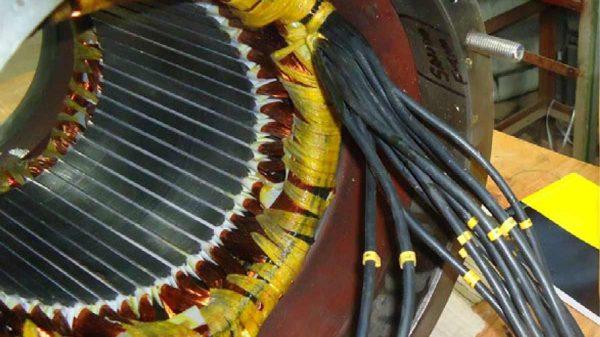The issue of water supply in large cities is a central theme that reflects the quality of life of the population. The city of Havana is no exception. That is why the Cuban authorities, despite the situation of the COVID-19 pandemic and the financial situation of the economy, maintain the priority of infrastructure projects that benefit the people.
The repairs and replacement of the supply networks of the “El Gato” pipeline, which distributes water to the eastern part of the city, are among the most important works that are about to be completed.
According to the specialists of “Aguas de La Habana,” the company in charge of supplying water to the capital, the pipeline that connects the 17 wells of the site with each other, limits to 2,750 L/second disbursement, when they could reach 3,200L/second. This means that the conclusion of this work will allow the recovery of between 200 and 300 liters/second that will not be lost through the network outlets.
The investment foresees, as a fundamental task, the placement of about 1.5 kilometers of pipes (High-Density Polyethylene) of 1,000 millimeters, and in some sections a little higher that will increase to 4 the transport lanes of water to the east of the capital.
Considering the effects of low rainfall in the capital region, this work should alleviate water shortages in the areas it supplies.
The need to guarantee leisure for the population that was subjected to long months of confinement by COVID-19, has meant that during these times the management of the recreational institutions has dedicated important resources to repair and maintain the facilities under their responsibility.
As a result, camping, which is very popular among Cubans, has been reactivated and offers, at reasonable prices, the existing capacities in the different territories, all under the new rules of COVID-19.
Among the rules in all the centers is:
- Mandatory use of masks and handwashing with hypochlorite when entering any place or area susceptible to contagion.
- Accommodation capacity has been limited to 50 % of pre-pandemic capacity and 30 % of the swimming pool capacity.
- Special offers to ensure that customers do not have to leave the facility.
- Continued presence of medical personnel that guarantees the safety of camp guests when they arrive at the center and throughout their subsequent stay.
- Maintaining the appropriate social distance at all times.
In Havana, the so-called ‘Social Circles’ were also activated, facilities that are almost always located in the coastal area, which provide a wide range of recreational activities.
Among the new measures applied, access has been reduced to 50 percent capacity in each service area. Public swimming pools are reduced to 30 percent capacity and opening hours have been limited. Beach opening hours have been reduced from 9:00 am to 5:00 pm.
All these facilities have cultural programs for adults and children.
Finally, the public transportation system has been remodeled, which also implies a reduction in the number of people to be transported, the mandatory use of the masks and the cleaning of hands.
Cubans are very appreciative of these facilities in the intense Caribbean summer and are preparing to go back to routine life, with the new rules imposed by the pandemic.
To a question presented to Dr. Francisco Duran, the National Director of Epidemiology at the Ministry of Public Health, he indicated there was no fear of the massive presence of Cubans on the beaches because neither the beach itself nor the sand, could spread the virus. “If the rules of distancing and the use of masks and hand cleaning are followed in a disciplined manner, there should be no problems with the beaches,” the renowned epidemiologist said.

David Urra is the chief marketing analyst at International Consulting & Representation Services/Cuba (IcarusCuba). He has produced market studies for a wide range of Latin American, European and U.S. clients exploring market entry possibilities in Cuba’s IT, tourism, ranching, pharmaceutical and manufacturing sectors.












